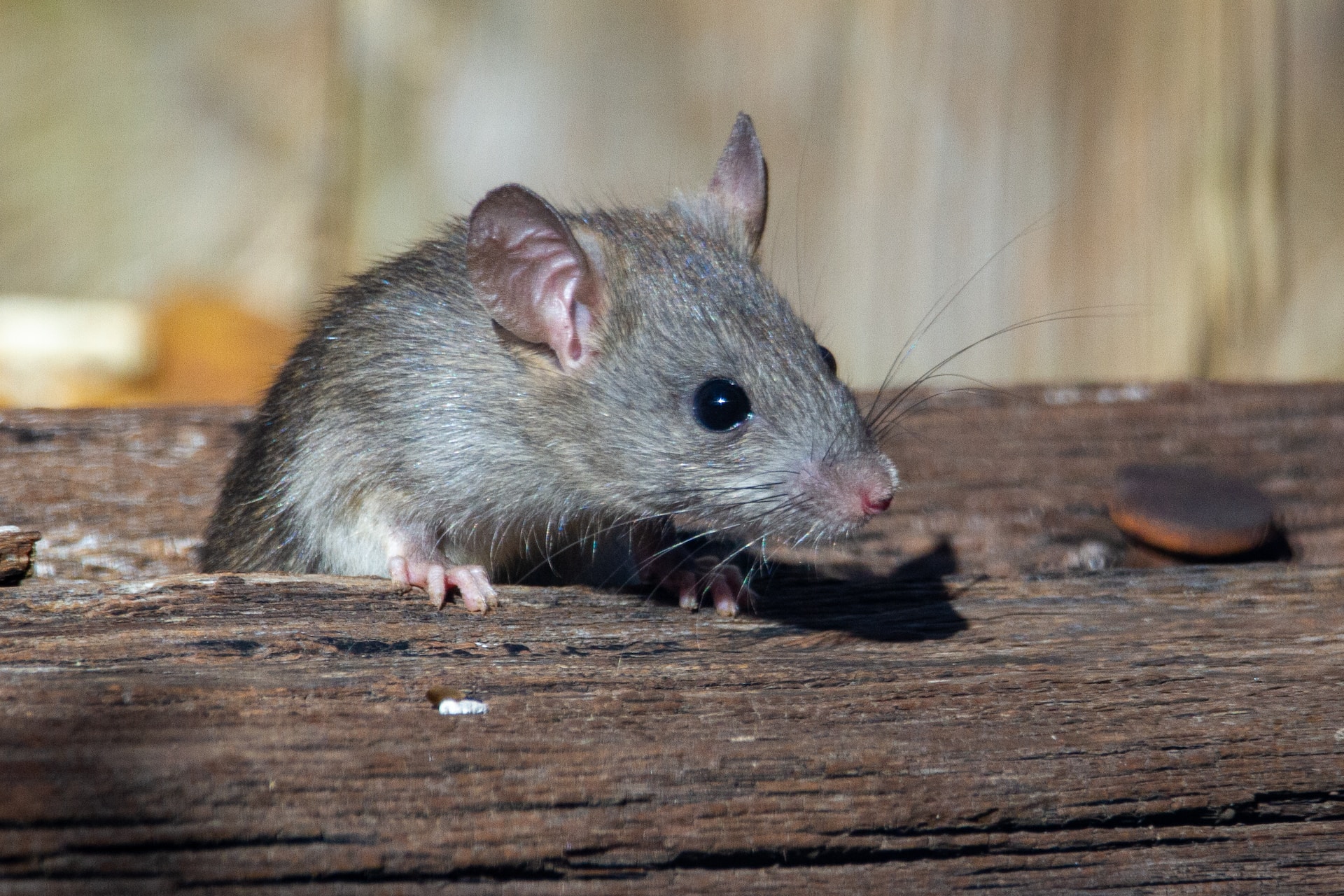If you’ve ever built a piece of Ikea furniture, you know the value of step-by-step guides. They help people complete a task quickly and correctly.
Mice and other rodents enter attics, homes, and garages through gaps. Look for entry points larger than a quarter of an inch and seal them with caulk or steel wool scouring pads.
Remove the Infestation
Removing favorable circumstances surrounding the house is crucial since mice only require a hole the size of a penny to enter your home. The eaves, vents, and spaces between your roof lines are just a few places to look for access opportunities. Depending on their size, caulking or steel wool can be used to fill any holes you find where mice could enter the attic.
Also, trim tree branches and tall bushes so they aren’t touching your roof. Mice can climb these to get to your attic.
Additionally, you must wipe up any pet-left crumbs and keep food in airtight containers or sealed garbage cans. Gnaw marks are another reliable sign that rodents are around since mice enjoy chewing. In addition, they could chew through cables and deposit feces or urine, which might endanger fires. Finally, consider installing an ultrasonic pest repellent to keep mice and other rodents away.
Seal the Entry Points
Mice can damage your belongings, cause electrical fires, and spread disease-spreading parasites. They are attracted to attics and crawl spaces because they offer a quiet, dark environment with few predators.
Check for signs of mice in your attic, including droppings and gnawing. Mice can also leave a trail of urine to indicate their location. In a finished attic, look for entry points in the walls.
Small gaps and holes can be filled with caulk or stuffed with materials difficult for mice to chew through, such as copper steel wool. Larger gaps can be filled with galvanized wire mesh.
Preventive measures for mice removal can also help keep mice away from your home, such as keeping food in sealed containers, trimming trees and shrubs, rodent-proofing, and maintaining cleanliness. If your preventive methods are ineffective, pest control professionals can help. They have the tools and experience to deal with a significant mouse infestation quickly and effectively.
Set Traps
Mice are great climbers who can enter your home through any open space in the eaves or walls. You can slow their entry into the house and the attic by sealing gaps with caulking or stuffing with steel wool, especially around vents, door or window frames, cable entry points, and electrical wires.
You can also make it harder for mice to access your attic by trimming tree branches and bushes over your roof. These can provide a place for mice to hide during the day while they look for food and water sources.
Remember that mice can chew through drywall and other materials, so be careful when storing valuables in your attic. You may want to store keepsakes in closed containers instead, like child’s art projects or handmade gifts. If you are concerned about your belongings being damaged, you can hire a professional to clean and disinfect the attic after you’ve removed the mice.
Clean Up
When a mouse infestation gets out of hand, mice can breed staggeringly and overrun your home quickly. However, a little prevention can help stop this from happening.
Check for the classic signs of mice in attics, including droppings (which look like dark seeds), gnaw marks on materials and wires, and tracks (attic spaces are typically dusty, so sprinkle talcum powder or flour to see fresh paw prints). In addition, listen for scratching noises in your attic and any other area of your house that you suspect the mice might be entering from.
Mice can squeeze through openings as small as a dime, so check for gaps around vents and foundation cracks. Plug these entry points with steel wool or caulking. Also, make sure to fix any holes around plumbing pipes that extend into the attic space. This will prevent mice from coming back through these entry points.






